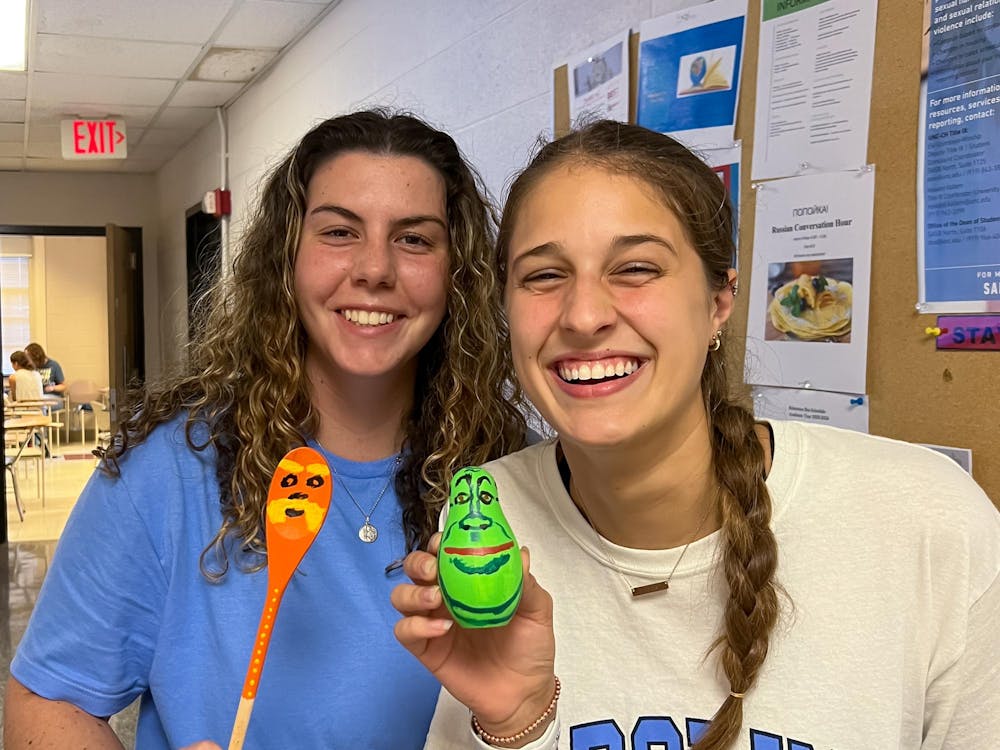Dey Hall was filled with students and music on Wednesday evening for “Spoonfuls of Art," an event hosted by the UNC Russian Flagship Program.
At the event, students painted wooden spoons, following a popular style of Russian folk art, Khokhloma.
Named after the village of Khokhloma, the painting style is used to decorate wooden tableware and furniture.
In Khokhloma artwork, flowers, berries, animals and other natural motifs are arranged in intricate patterns. The designs are known for their bold shades of gold, red and green painted on a dark background.
Stanislav Shvabrin, the director of the UNC Russian Flagship Program — a cocurricular and academic program that allows students to advance their knowledge of the Russian language and culture — said the art helped brighten the lives of Khokhloma's citizens.
He said the art provided people with respite from their daily lives of hard work.
"It is a way of escaping a little bit, the here and now," Shvabrin said.
Wooden spoons and other household items like dishware and vases adorned in the Khokhloma style are often found in Russian homes.
At the flagship program's event on Wednesday, students also painted matryoshka dolls, or Russian dolls.



